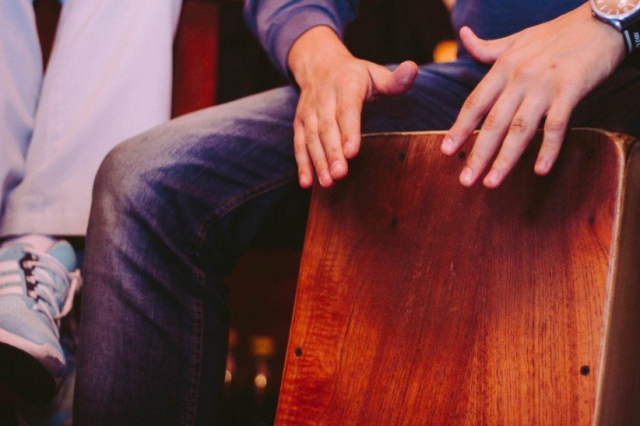Every August 2 , the Peruvian Cajon Day is celebrated throughout the country; a date dedicated to this musical instrument, considered Cultural Heritage of the Nation that is part of the Peruvian identity and that has become famous throughout the world.
The Peruvian cajon is one of the most important instruments when composing Creole songs, or accompanying Peruvian rhythms, such as the zamacueca, the tondero and dances originating from the central and northern coast of the country.
Read on and discover how it was born and why the Peruvian Cajon Day is celebrated.
History of Peruvian Cajon Day
August 2 was the date on which the Peruvian box was declared Cultural Heritage of the Nation . Date that was suggested by the Ministry of Culture to commemorate the Peruvian Cajon Day and which was finally taken.
The initial project contemplated declaring the Peruvian Cajon Day on October 23, the date on which Pedro Soto de la Colina, better known as Caitro Soto, died; one of the greatest cultists of this instrument. In the end, the proposal of the Ministry of Culture won.
Thus, the Government decided to declare, through Law No. 30716, that every August 2 the Peruvian Cajon Day would be celebrated throughout the national territory.
As a curious fact, on November 1, 2014, the Organization of American States declared the Peruvian cajon as "instrument of Peru for the Americas" and recognized all the contribution of Peruvian music to the cultural heritage of the continent.
